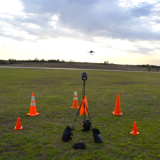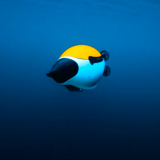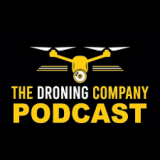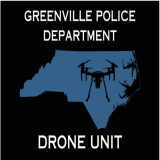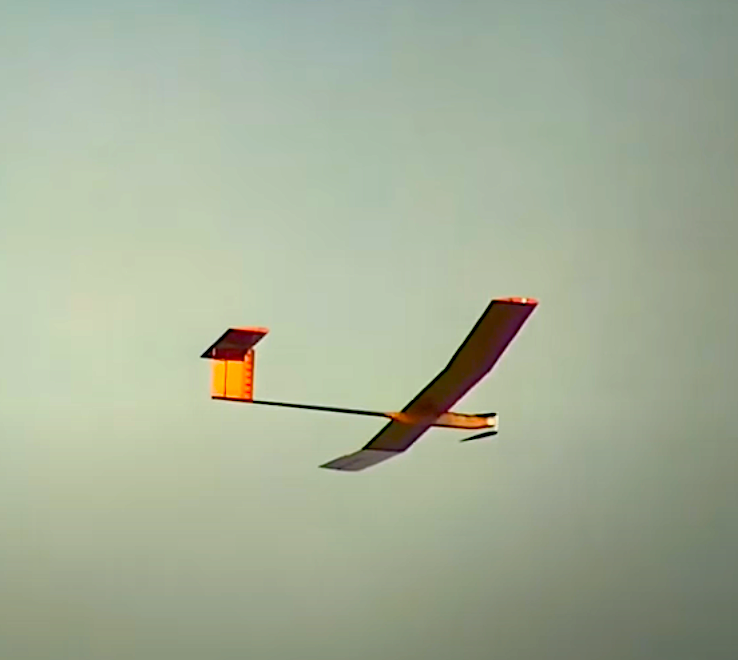
25 March 2024
By Akshata
The dream of human-powered flight became a reality in 1977 with Paul MacCready's creation of the Gossamer Condor, the world's first human-powered aircraft. Since then, the evolution of flight technology has taken a sustainable turn, embracing solar power as a renewable energy source for unmanned aerial vehicles (UAVs) or drones. In this article, we explore the importance of solar-powered drones and their role in sustainable flight, reflecting on the historic roots of sustainable aviation and delving into the groundbreaking achievements of AtlantikSolar.
Why Sustainable Flight Matters?
The quest for sustainable aviation stems from the need to reduce dependence on finite fossil fuels and minimize the environmental impact of traditional aircraft. The aviation industry is a significant contributor to greenhouse gas emissions, making it imperative to explore eco-friendly alternatives. Solar-powered drones offer a compelling solution by harnessing the abundant energy of the sun, providing a renewable and clean power source for extended flight durations.
Sustainable flight aligns with global efforts to combat climate change, offering a greener option for various applications such as surveillance, monitoring, and data collection. Reduced reliance on conventional fuels not only mitigates environmental harm but also opens avenues for perpetual-flight capable UAVs, transforming the capabilities of aerial missions.
Fast forward to the 21st century, and the Autonomous Systems Laboratory (ASL) developed AtlantikSolar, a groundbreaking solar-powered unmanned aerial vehicle (UAV). AtlantikSolar's design focused on achieving multiple days of flight, setting new standards in endurance and efficiency. Glaciologists from ETH Zurich recognized the potential of AtlantikSolar for monitoring glaciers in polar regions, where continuous daylight conditions during the Arctic summer provide an ideal environment for perpetual flights. AtlantikSolar's mission above the Arctic Ocean showcased the real-world applicability of solar-powered drones, especially in challenging terrains. Monitoring glaciers becomes a primary application, leveraging the uninterrupted power supply from the sun to extend flight time and cover vast glacial landscapes.
A research paper on AtlantikSolar's flight endurance world record was published in June 2017 by the Journal of Field Robotics (JFR). The paper delves into the conceptual and detailed design of AtlantikSolar, providing insights into the 81-hour flight and outlining possible missions feasible with solar-powered perpetual-flight capable UAVs.
Implementation and Considerations
If you are incorporating solar power into drones, it's crucial to navigate the integration challenges effectively. The process requires careful planning and consideration of various factors to ensure seamless functionality and optimal performance. Here are key implementation considerations for successfully integrating solar power into UAVs:
- Structural Adjustments: Modifications to the drone's structure may be necessary to accommodate the integration of solar cells. Reinforce the drone's frame and provide protective measures to ensure the integrity of the solar subsystem.
- Weight Distribution: Evenly distribute the added weight across the drone to maintain balance and stability during flight. Consider the impact on overall weight, especially for smaller UAVs with limited payload capacity.
- Environmental Protection: Implement protective encasing to shield solar cells from environmental factors such as moisture, air, and temperature variations. Ensure the durability of the protective measures to withstand the demanding operational conditions.
- Wiring and Interconnects: Plan for the installation of additional wiring and interconnects needed for the integration of solar cells.Optimize the design to minimize extra weight and streamline the electrical system for efficient power distribution.
- Testing and Calibration: Conduct thorough testing of the integrated solar system to ensure functionality and efficiency. Calibrate the drone's systems to effectively manage the solar power input and enhance overall performance.
- Operational Adaptability: Consider the adaptability of the solar-powered drone to various operational scenarios and environmental conditions. Ensure that the integrated solar system enhances, rather than hinders, the drone's overall versatility and utility.
Summary
The integration of solar power in drone technology opens new possibilities for extended flight durations, reduced environmental impact, and enhanced capabilities in various fields. AtlantikSolar's endurance above the Arctic Ocean exemplifies the potential of solar-powered drones in overcoming challenges and pushing the boundaries of traditional aerial missions.
In conclusion, the intersection of sustainability and aviation is propelling us towards a future where the skies are not just traversed but embraced responsibly. As solar-powered drones continue to evolve, their role in monitoring, research, and surveillance will become increasingly vital, contributing to a greener and more sustainable aviation industry.



